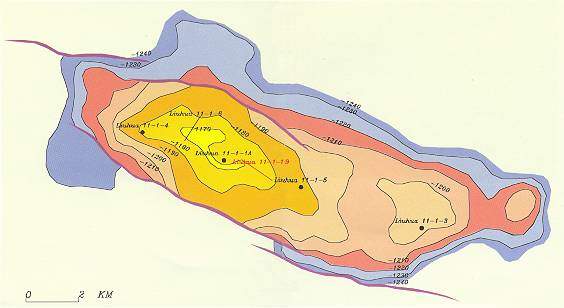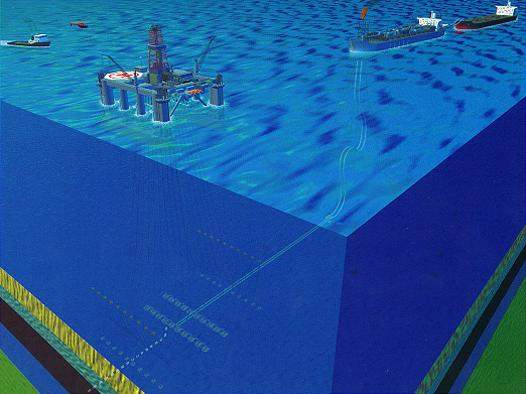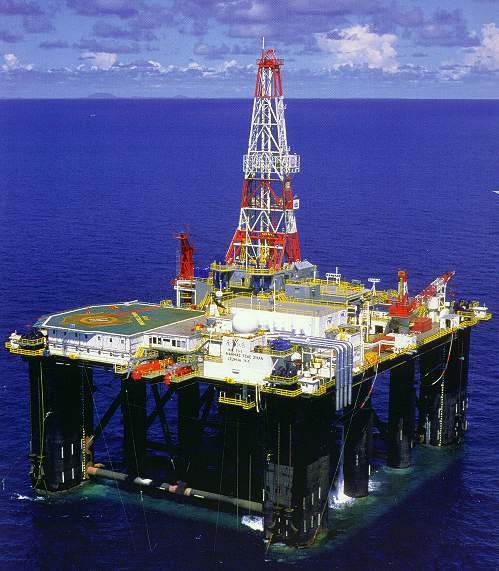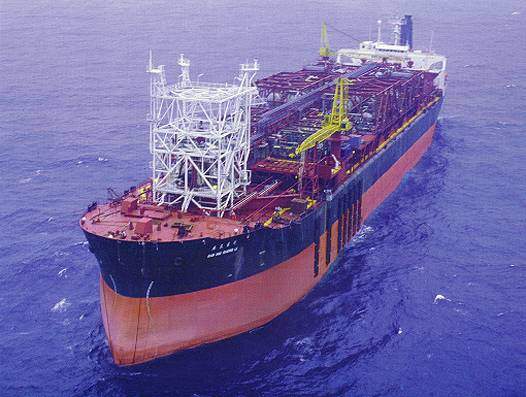The Liuhua 11-1 oil field is, to date, the largest oil field in the South China Sea and the reservoir is located in 1,000ft (300m) of water. After preliminary exploration studies, Liuhua 11-1A was drilled. It tested at rates of 2,240bbl of heavy crude per day. Confirmation drilling of two additional wells, the Liuhua 11-1-3 and the Liuhua 11-1-4, showed a significant reservoir accumulation of more than a billion barrels of oil-in-place.
Due to the characteristics of the oil (very heavy, dead crude) and the relatively shallow depth of the reservoir, it was clear from the initial discovery that innovative technology would have to be combined with proven techniques to bring Liuhua to life.
Offshore production system
Between 1987 and 1992, Amoco and Nanhai East engineering teams experimented and tested varying development concepts, until they found a breakthrough solution. The teams determined that the offshore production system would have three major components:
- A floating production system (FPS) for drilling and producing well support
- A floating production, storage and off-loading (FPSO) system for processing and storing the crude oil
- An innovative subsea system using electric submersible pumps to service approximately 20 horizontal wells
FPSO
In March 1993, six years after the discovery, the overall development programme for the Liuhua 11-1 field was approved by all levels of the Chinese government. The project was then put on a fast track.
A semi-submersible drilling vessel was purchased in September 1993 and converted into the FPS Nanhai Tiao Zhan. A 140,000DWT crude tanker was purchased in October 1993 and converted into the FPSO Nanhai Sheng Li. These vessels were moved onto location in June 1995 and March 1996, respectively. The vessels are moored approximately 3km apart.
The FPS is a modified semi-submersible drilling rig with the necessary systems to drill, complete and work-over horizontal subsea wells. Additionally, the FPS installs and operates subsea manifold systems and houses electrical generation and distribution equipment to provide power to the ESPs. At the start-up, ten wells were completed, the final ten were to be completed by the end of 1996.
The FPSO is a modified crude oil carrying tanker, which processes crude oil, stores processed oil, flares associated gas and processes produced water. The FPSO supports the processing equipment necessary to handle up to 65,000bbl of oil and 300,000bbl of total fluids per day. The vessel has a storage capacity of some 720,000bbl. Produced crude will be off-loaded, via tandem-moored shuttle tankers.
Building-block concept
The unique building-block concept used in the subsea system is a technology that was one of the major keys to success in the Liuhua project. Typically, deepwater systems have used huge structures that must be constructed on-shore, then hauled to the site. But this was not practical at Liuhua, so the engineers devised a system that could be assembled on-site and installed from a floating drilling rig. By breaking the subsea system down into manageable components, and adding some innovative technology – including a field-fabricated jumper system that connected the wells – the engineers created a system that can be assembled on the FPS, lowered to the seafloor and maintained without the need for divers.
All of the individual subsea components were designed to be installed or retrieved from the FPS, in a diverless environment, by piloting ROVs. A special single-point docking cone, located on the seafloor was also designed, so that the ROVs can select from a variety of tools without having to return to the surface each time.
The field is currently being developed with 25 long-radius horizontal wells. Project success is dependent on limiting water production and on well productivity. To better define reservoir heterogeneity, a very high-resolution dataset (200+ Hz) 3-D seismic survey has been used in an integrated field study to evaluate the future exploitation potential of the reservoir.







